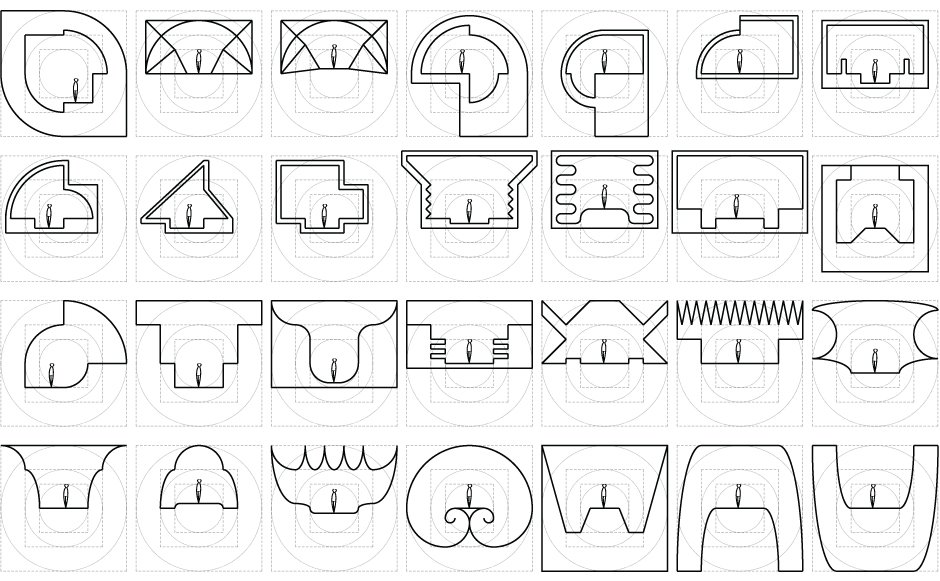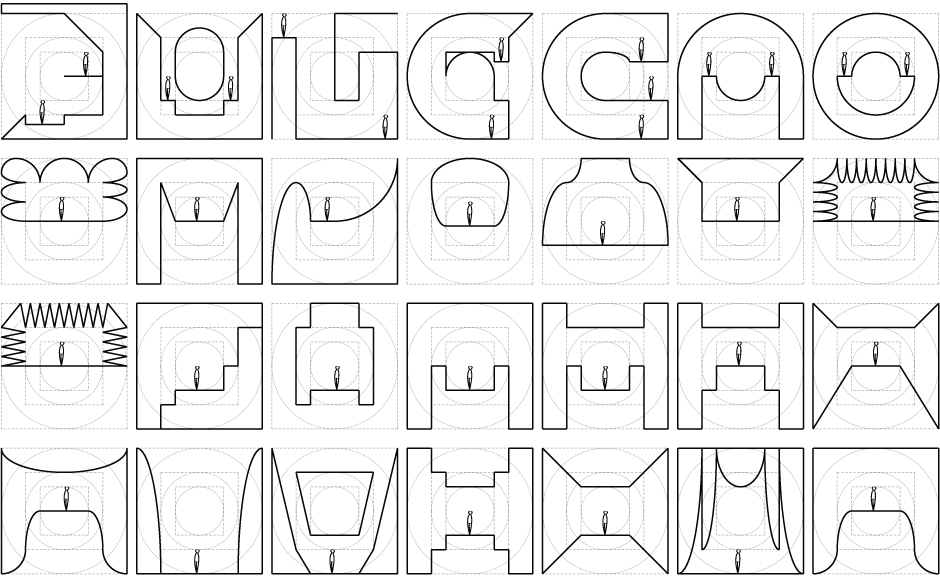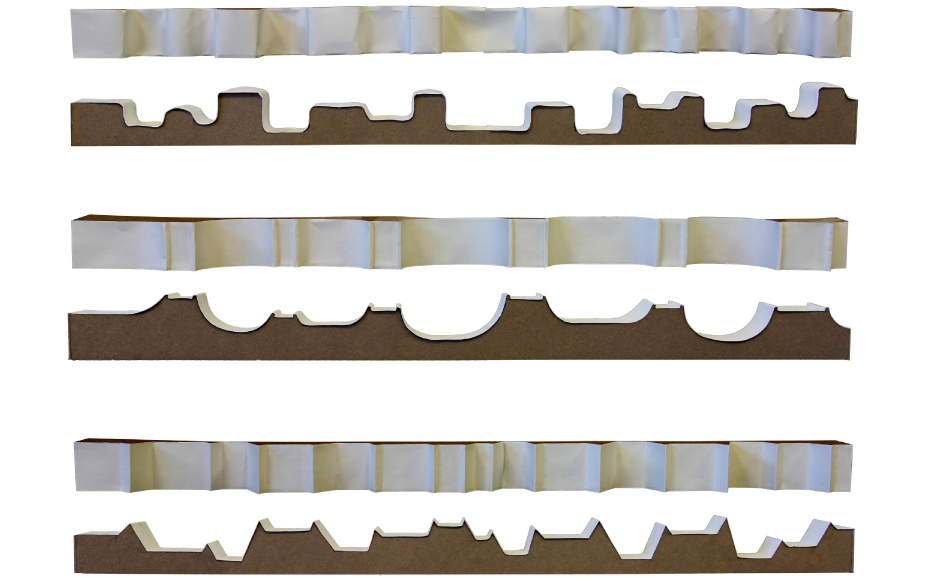Rhythm is another commonality between music and architecture. Within music, the beat establishes a tempo which then translates into a measurable dimension of time. The tempo affects the pace of the song, which evokes different intensities for the individual. Perhaps the reason why we relate so well to a musical tempo relies in the very essential ways that the human body functions, through the heartbeat. Beating on average at 60 beats per minute, our hearts form a relationship between the tempo of a song. When the tempo is faster than our heartbeat, it excites us. When the tempo is slower, it relaxes us.
The same can be applied to architecture through the experience of an individual walking through a building. Where the heartbeat establishes a personal tempo within the body to relate to the music, the individual’s stride is what establishes a connection to the rhythm of the architecture. When the rhythm of the architectural elements is moving at shorter strides than the individual, the experience is more exciting. If the strides of the individual are shorter than that of the architectural rhythm, the space may feel more relaxing and slower paced.

With this common medium of geometry, music and architecture can be taken far into each other’s discipline. They both share this concept of the beholder being a part of the experience, whether it is intended or not. Both worlds are also a combination of parts to create a greater whole. Musical modes evoke emotions, which can be translated into architectural proportions and colors. Rhythm is another, greatly apparent within both realms. With all of this in mind, one can start with an emotion to produce chords, colors, elements of nature, and architectural proportions that all fit within the given emotion. This overlap in emotion produces a new harmony beyond common thinking, creating a synthesis of experience between architecture and music.
The following models are explorations of how this rhythmic experience can be delineated architecturally:
What about the sectional qualities perpendicular to these rhythmic models? Below is an exploration of how a musically proportioned space can be executed in a variety of different ways. The here goal was to develop a better understanding of how these forms might influence the emotional experience for the individual occupying them.


Continue onto GRAPHIC TRANSLATION
Return to MASTER THESIS – OVERVIEW




